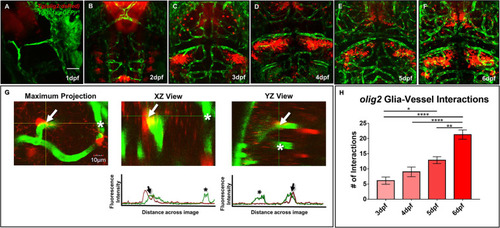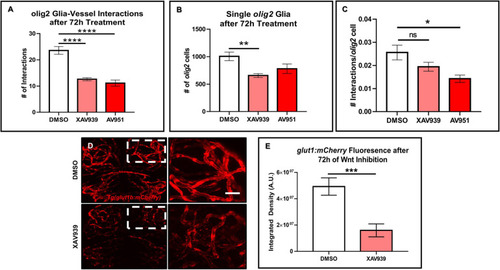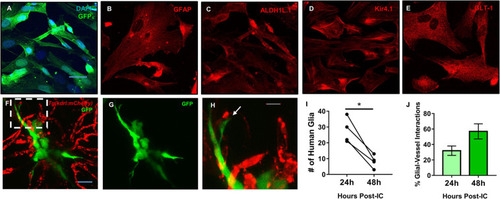- Title
-
Using Zebrafish to Elucidate Glial-Vascular Interactions During CNS Development
- Authors
- Umans, R.A., Pollock, C., Mills, W.A., Clark, K.C., Pan, Y.A., Sontheimer, H.
- Source
- Full text @ Front Cell Dev Biol
|
Glial expression increases during zebrafish brain development with distinct lineages. |
|
Zebrafish migratory |
|
Wnt inhibition decreases |
|
Zebrafish |
|
Ablation of |
|
Mature human astrocytes contact developing zebrafish brain vessels. |






